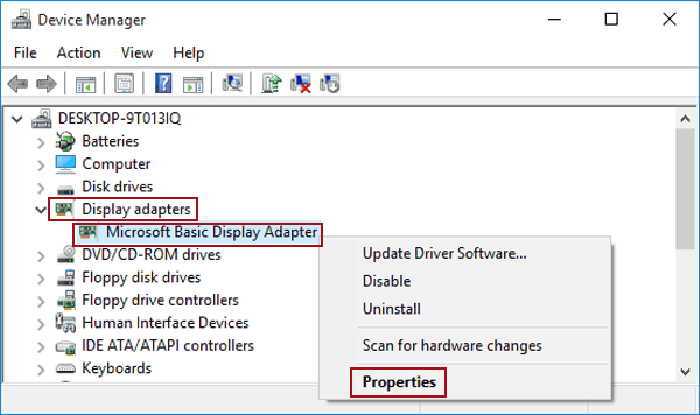

If your game looks blurry or stretched and distorted, check its display settings and make sure you set it to the right resolution for your screen. It’s common for video games to default to a resolution that’s different from what your monitor requires to look sharp. Some full-screen apps and video games can control and take over your system’s resolution. For example, if your display has both an HDMI and DisplayPort input, then switching to DisplayPort will give you access to higher resolutions and refresh rates in most cases.Ĭonfused? Check out DVI vs HDMI vs DisplayPort – What You Need to Know. In some cases, you can fix this by switching connectors. You can change the resolution via that window as follows: Bring up the Settings app. That window also includes a List All Modes button you can click to select different screen resolutions. In short, check that both your GPU and cable support the resolution you want. How to Change the Display Resolution via Display Adapter Properties The display adapter properties window includes graphics card details. Check if a new display appears under the group. Select the group of devices, right-click it, and select ‘Scan for hardware changes’. Expand the ‘Display adapters’ group of devices. There are two things you can try Device manager. up the window that lists all the display modes in the adapter settings. You can force Windows 10 to detect a display if it won’t show up. Your graphics card needs to support at least HDMI 1.3 to handle a 4K 60Hz resolution. The monitor configuration only allow me to change desktop resolution not active.For example, you need a category 3 HDMI cable to run a 4K display at 60Hz. If the issue persists after installing the. Download and install any older version GetForce driver from: GetForce drivers. Make sure to remove the driver from the device and reboot the computer.

Right click on the device name and select uninstall. HDMI cables come in different categories, and the HDMI output on your graphics card may only support specific resolutions. Right click on Start button (Windows logo) and select Device Manager.


 0 kommentar(er)
0 kommentar(er)
